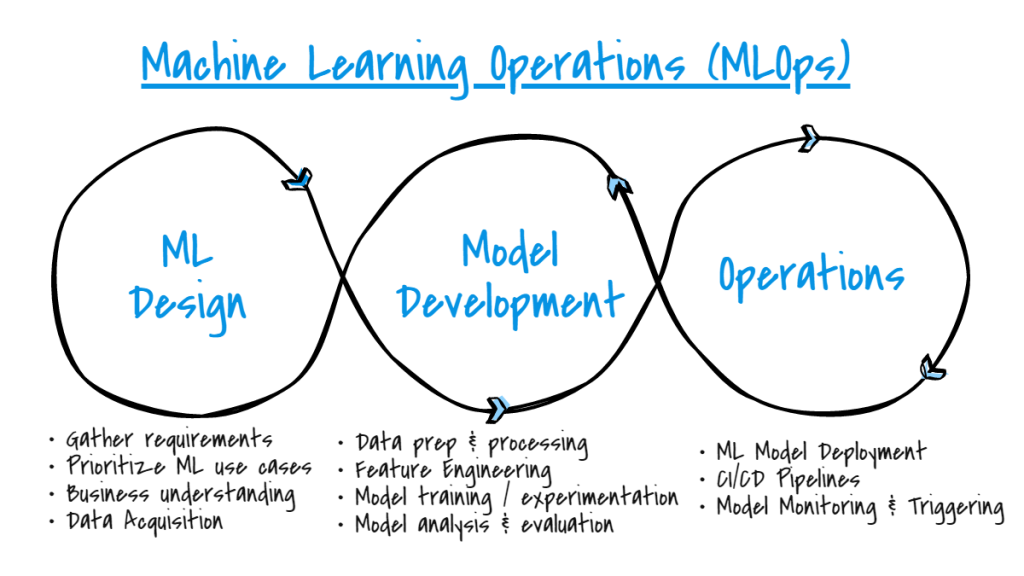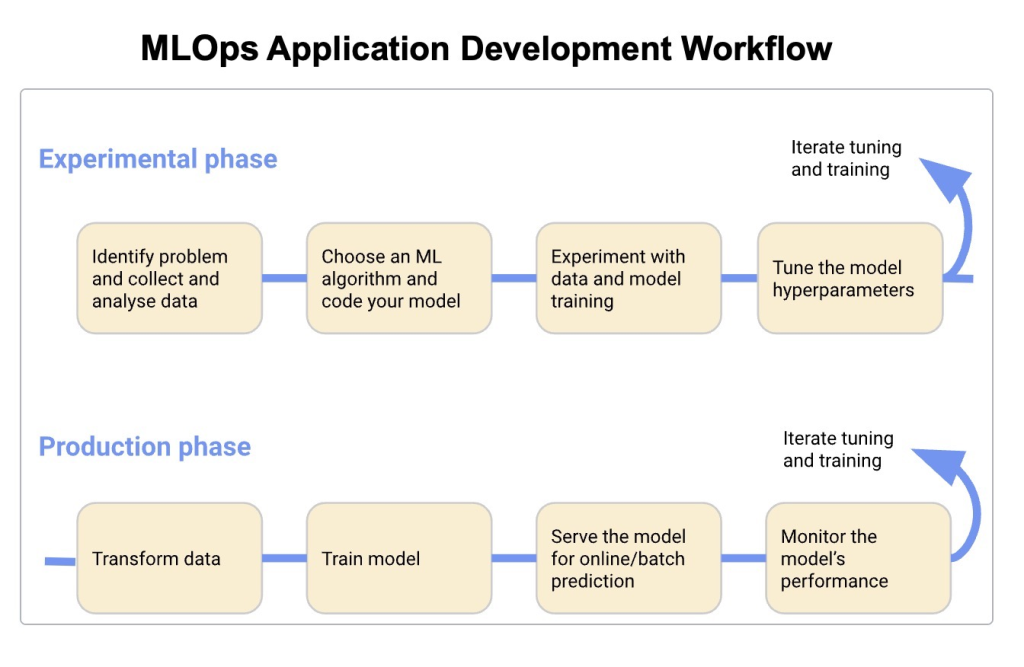
Have you ever heard the term MLOps and wondered what it means? If you’re involved in the world of machine learning, this term has likely come up in conversation at some point. In this blog post, we’ll explore what MLOps means, its importance in the field of machine learning, and how it can help you streamline your machine learning projects.
Understanding MLOps
MLOps, or Machine Learning Operations, is a term used to describe the process of managing and deploying machine learning models in production environments. It’s a set of best practices and tools that helps data scientists and machine learning engineers automate and streamline the process of building, testing, deploying, and monitoring machine learning models.
At its core, MLOps is all about bringing DevOps principles to the world of machine learning. Just like in DevOps, MLOps emphasizes collaboration, automation, and continuous improvement. By applying these principles to machine learning, organizations can create more efficient and effective machine learning pipelines.
Why Is MLOps Important?
Machine learning is becoming an increasingly important part of many businesses and organizations. However, building and deploying machine learning models can be a complex and time-consuming process. MLOps helps streamline this process by automating many of the repetitive tasks involved in building and deploying machine learning models.
By implementing MLOps practices, organizations can:
- Improve the accuracy and reliability of their machine learning models
- Increase the speed at which they can develop and deploy new models
- Reduce the risk of errors and downtime in production environments
- Enable data scientists and machine learning engineers to focus on more high-level tasks, rather than getting bogged down in repetitive tasks
How Does MLOps Work?
MLOps involves a combination of tools and processes. Here are some of the key components of an MLOps pipeline:

Data Preparation
The first step in any machine learning project is to prepare the data. This involves cleaning and preprocessing the data, as well as splitting it into training and testing sets. MLOps pipelines often include tools and processes for automating these tasks.
Model Training and Validation
Once the data is prepared, the next step is to train and validate the machine learning model. This involves selecting the appropriate algorithms and hyperparameters, as well as tweaking the model to improve its accuracy. MLOps pipelines often include tools for automating this process, such as hyperparameter tuning and automated model selection.
Deployment and Monitoring
Once the model is trained and validated, the next step is to deploy it in a production environment. MLOps pipelines often include tools and processes for automating this process, such as containerization and automated deployment scripts. Once the model is deployed, it’s important to monitor its performance and make any necessary adjustments. MLOps pipelines often include tools for monitoring the model’s performance and detecting any issues that arise.
Conclusion
MLOps is an important concept for anyone involved in the world of machine learning. By automating and streamlining the process of building, testing, deploying, and monitoring machine learning models, organizations can create more efficient and effective machine learning pipelines. Whether you’re a data scientist, machine learning engineer, or business owner, understanding MLOps can help you take your machine learning projects to the next level.